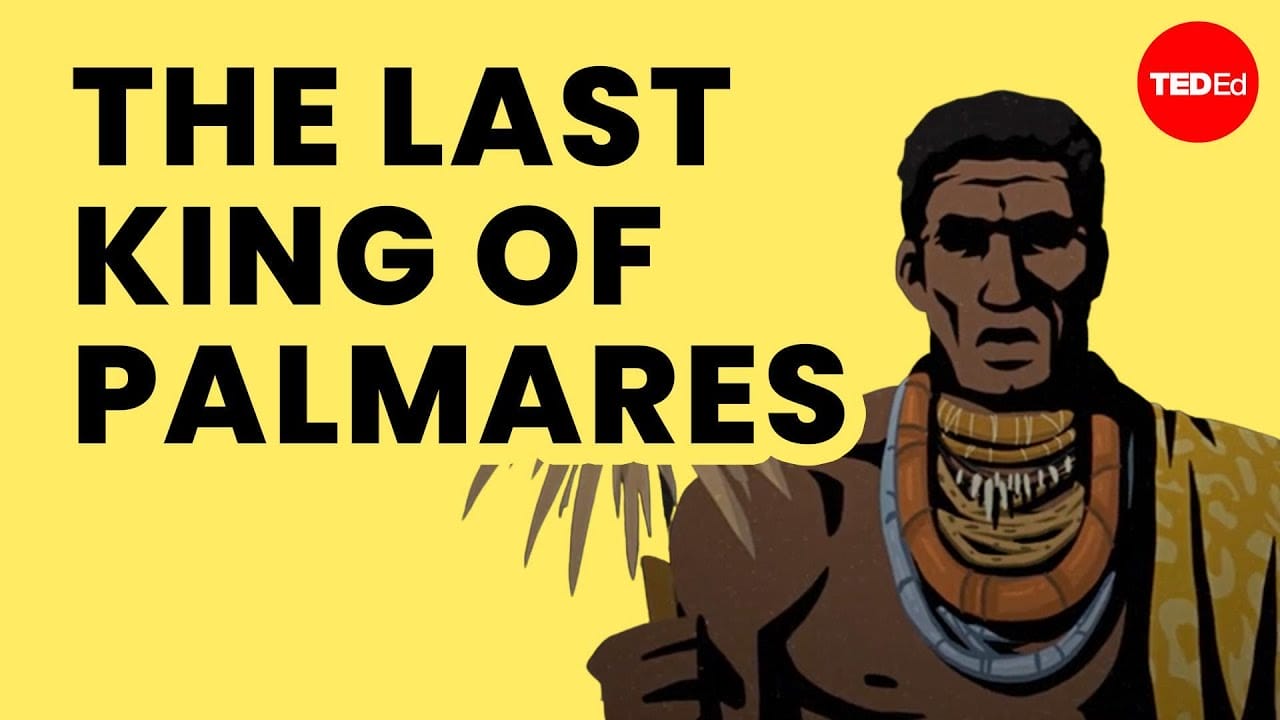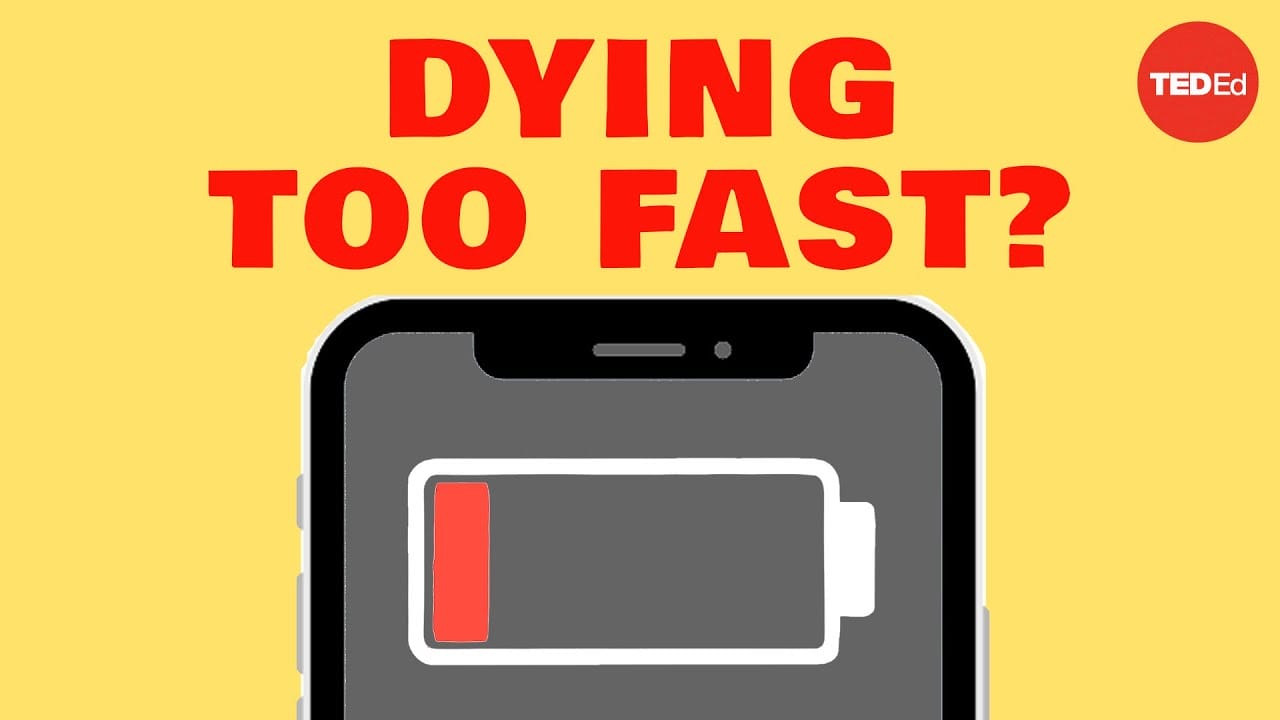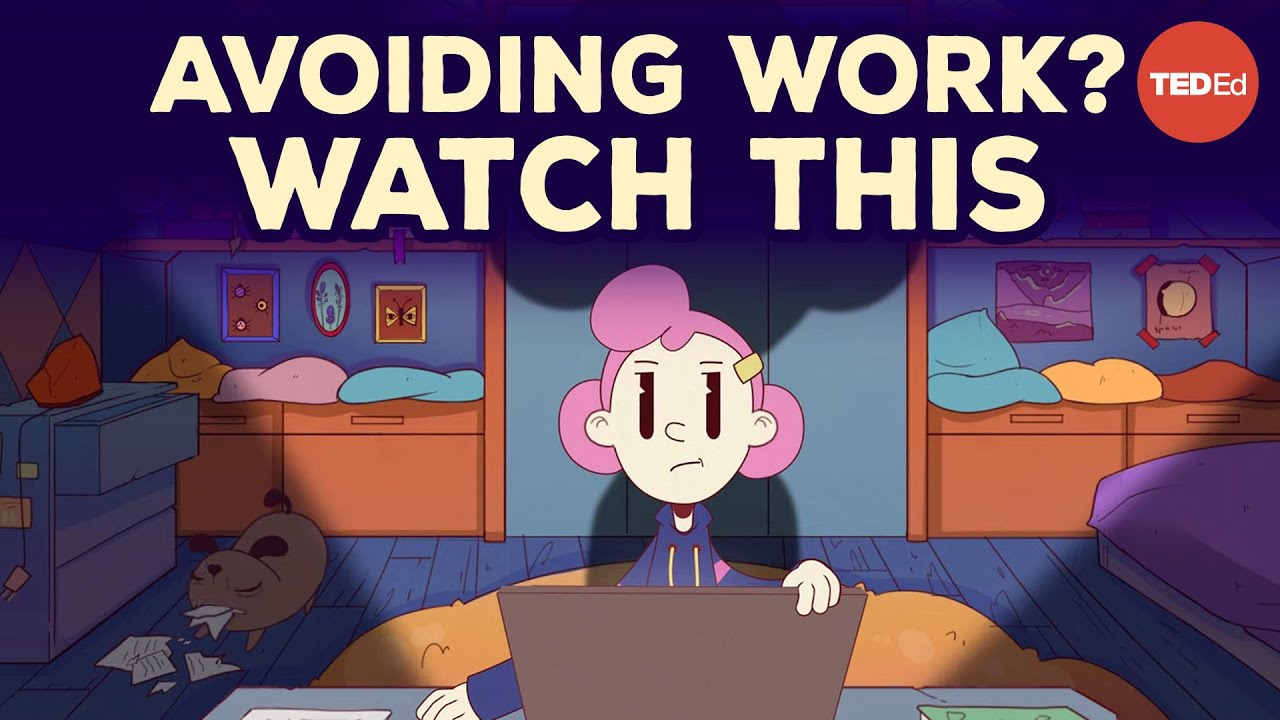What’s Missing In Medical Research
Chat With Your XTutor About This Video Lesson
Lesson Article
The Problem with Medical Science
Medical science is facing a significant issue. It’s missing something crucial, making it harder to discover the causes of some diseases and develop effective treatments. Some diseases are even being overlooked entirely. The missing piece of the puzzle could be you. But before we delve into that, let’s start with a story. Or rather, 8 billion stories.
Our Genetic Stories
Our DNA is more than just our body’s instruction manual; it’s a history book that records our unique genetic story. These stories began around 300,000 years ago when humans first arose in Africa. Some genetic stories tell of humans leaving Africa a couple of hundred thousand years later, journeying into Europe, East Asia, or the Americas. Others speak of expanding empires, diseases we evolved to ward off, or the simple act of settling down, raising cattle, and drinking their milk.
Each of our genetic stories is different, but not as different as you might expect. We share 99.9% of our DNA with each other. Our stories are 99.9% identical, but that 0.1% difference is incredibly powerful. That tiny difference between our genetic stories is where we have the potential to develop better treatments for diseases—treatments that work for everyone. However, medical science isn’t currently reading all those stories.
How Researchers Discover Disease Causes and Develop Treatments
To understand why, let’s look at how researchers discover the causes of diseases and develop and test the effectiveness and safety of new treatments. Researchers find lots of people who have a particular disease and comb through their genetic stories. They look for little variations they share—little bits of their DNA stories that are spelled differently. If they find some, they try all sorts of different ways of dealing with the effects of them. If that uncovers something promising, they then run a clinical trial to see if it actually is.
In phase one, a small group of volunteers try the treatment. Often only half of them do, with the other half getting a placebo that does absolutely nothing. If there aren’t any notable side effects at the target dose, the treatment is cleared to move on to the next stage of the clinical trial. Phase two involves a bigger group of participants who all have the condition the researchers hope the drug will treat. If the drug appears effective, it moves on to phase three, with more participants trying it for even longer. Only after all this is the new treatment reviewed and—hopefully—approved for use by the general population.
The Problem with Current Research
However, there’s a problem with this process. The genetic stories that researchers are combing through are heavily biased towards those of people of European descent. This means that if you’re searching for those disease-causing bits of DNA to target new drugs against, and you’re mainly reading the stories of people of European descent, you might completely overlook key bits in the stories of other diverse groups.
For example, scientists may not have found the mutation that causes sickle cell disorder if we’d only looked at the stories of people of European descent. Moreover, when new treatments or medical devices are being tested, they need to be tested on everyone who may use them. If the genetic stories involved don’t reflect the breadth of stories in our worldwide library then, again, something might be missed.
The Importance of Diversity in Medical Research
Take, for example, the medicine Warfarin, used to prevent blood clots. Researchers have found that, to produce the same effect, most people of East Asian descent need a lower dose than some people of European descent, and most people of African ethnicity need a larger dose. This kind of important information can be missed if clinical trials don’t include people from across a range of ethnicities.
The Solution
The solution is simple, in theory. In order to develop treatments that work better for everyone, we need to involve everyone’s stories in medical research—in the early stage research, in the drug development process, and right through the clinical trial. The good news is that more and more people are thinking about this.
For example, cancer researchers at University College London researching genetic markers for cancer want to analyze tissue samples from a wide range of ethnicities so that the biomarkers of cancer they identify will be relevant for people from as many ethnicities as possible.
Conclusion
The bottom line is that medical science needs to ensure it’s got the best library it can have—the one with the widest collection of genetic stories possible, so that everyone’s story can be considered—including yours. That is the only way to ensure everyone, everywhere can get the best medical treatment they possibly can.
Discussion Questions
- How does the article’s perspective on medical science challenge the traditional understanding of disease causes and treatments?
- What impact does the lack of diversity in medical research have on the development of new treatments and understanding of diseases?
- Do you think it is fair that the majority of medical research is based on genetic stories of people of European descent? Why or why not?
- What are some potential consequences of overlooking key bits of genetic stories from diverse groups when developing new drugs or treatments?
- How might including a wider range of ethnicities in clinical trials improve the effectiveness and safety of new treatments?
- Why is it important for medical researchers to consider the unique genetic stories of individuals when developing treatments?
- What steps can be taken to ensure that medical research includes a diverse range of genetic stories?
- How can individuals contribute to diversifying medical research and ensuring that their genetic stories are considered in the development of treatments?
Lesson Vocabulary
genetic stories – accounts or narratives related to genetics or heredity – My grandmother’s genetic story revealed that she had a higher risk of developing certain types of cancer.
DNA – deoxyribonucleic acid, a molecule that carries genetic instructions for the development, functioning, and reproduction of all known living organisms – DNA testing can provide valuable information about a person’s ancestry and genetic health risks.
diseases – abnormal conditions or disorders that affect the body’s normal functioning – The flu is a common infectious disease that can cause fever, cough, and body aches.
treatments – medical interventions or therapies used to alleviate symptoms or cure diseases – Physical therapy is often recommended as a treatment for individuals recovering from a sports injury.
clinical trial – a scientific study conducted on human volunteers to evaluate the safety and effectiveness of new medical treatments or interventions – The clinical trial aims to determine whether the experimental drug is more effective than the current standard treatment.
researchers – individuals who conduct systematic investigation and inquiry to discover new knowledge or expand existing knowledge in a particular field – The researchers analyzed the data collected from the study to draw meaningful conclusions.
diversity – the presence of a wide range of different elements or qualities within a particular group or environment – The company promotes diversity and inclusion by hiring employees from diverse backgrounds and cultures.
medical research – scientific investigation aimed at improving human health, preventing diseases, and developing new medical treatments or techniques – Medical research has led to significant advancements in the treatment of cancer over the past few decades.
ethnicities – distinctive groups of people sharing common cultural or national traditions, customs, or origins – The city’s population is incredibly diverse, with residents representing various ethnicities, including Chinese, Indian, and African.
library – a collection of books, periodicals, and other sources of information made available for people to borrow or access for educational or recreational purposes – I spent hours at the library, researching for my history paper on the Renaissance.
Share This Lesson:
- Categories: Biology, Grade 6, Grade 7, Grade 8, Science, TED Ed, Video Lessons
- Keywords: clinical trial, diseases, diversity, DNA, ethnicities, genetic stories, library, medical research, researchers, treatments








